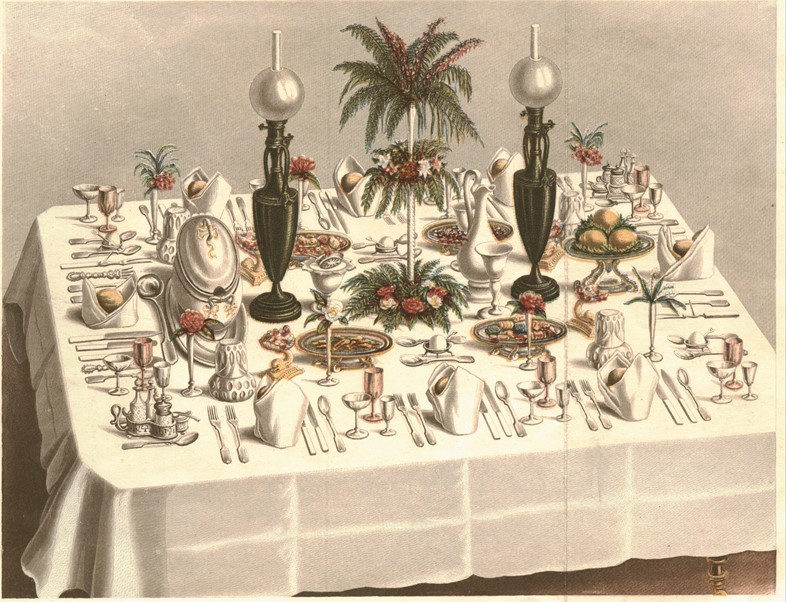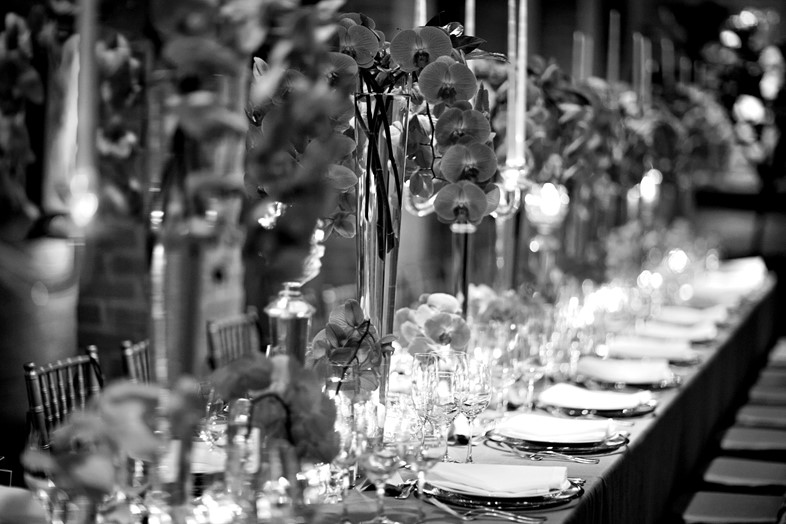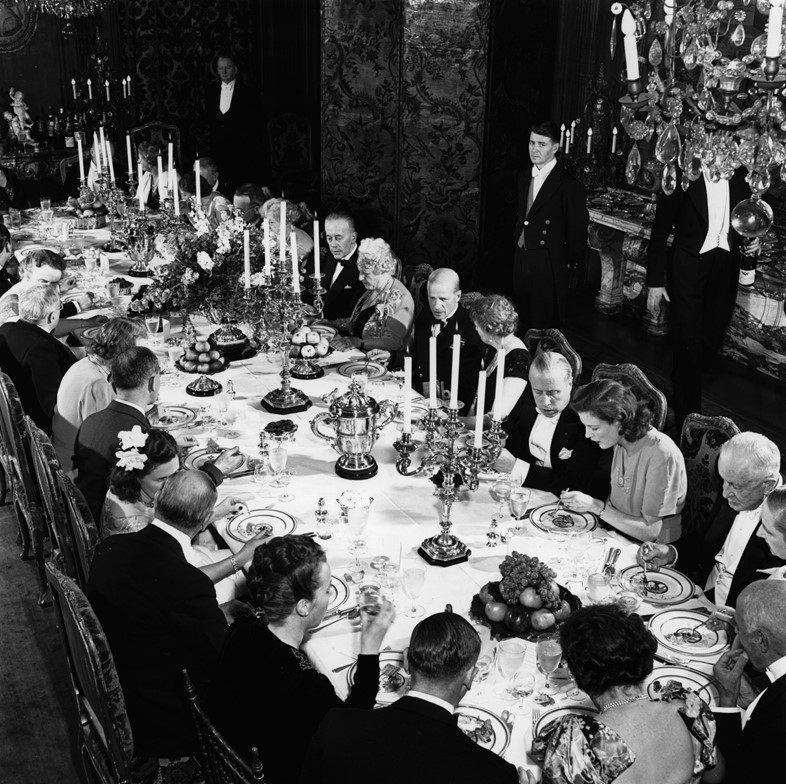Assouline’s delectable new tome is reviving the art of the ‘hostess book’, providing tips on seating arrangements, invitations, centrepieces and more
Throwing a dinner party for a group of guests was once an art form in and of itself. Hosts would spend weeks refining their menus, table plans, centrepieces and wine choices, constantly improving upon the previous event with the overall intention, one would assume, that at this party, the guests would have the time of their lives. While they did so, they would refer regularly to their party-throwing bible, the ‘hostess book’ – a mysterious record of tips and secrets to remember and to call upon for next time; who was gluten-free, dairy-free, sugar-free, perhaps, or who once had a scandalous love affair with the husband or wife of a neighbour and thus would by no means by seated near them again.
Nowadays, of course, such traditions have largely fallen by the wayside, and unless you’re in catering, or have developed the pleasant habit of regularly throwing elaborate parties, it can be difficult to recall the nuances of a formal table setting, or the best lighting or playlist to use, or where (and whether) to serve coffee. Which is where Assouline’s delectable new pink cloth-covered book comes in. Written by Daniel Cappello, a host himself who looks back fondly on his parents’ formal dinner parties, the book calls upon some of the New York’s most elite philanthropists and CEOs – those who know a thing or two about which regions to drink from season to season, and which china to use for which course – for some of their own recommendations. “Dinner is theatre,” Cappello writes, “and as the host or hostess, you are the director.” Here, we distill three of his central points.
1. The evening begins with the invitation
If you’re one for sending a last minute text message at 7pm on a Friday night proffering the suggestion of dinner (“takeaway?”), Cappello’s well-intentioned words of wisdom regarding the proper etiquette surrounding invitations will not sit well. “An invitation sets the tone for your dinner party,” he writes; “it should entice your guests and reflect the kind of evening they can expect.” It should, in short, be physical: preferably handwritten, or delivered in person over the phone. Likewise, to cancel your dinner party attendance is the ultimate in bad behaviour, and is to be avoided at all costs. (If you must cancel, at least make a phonecall to explain.)

2. The prettier the table, the more memorable the dinner
“Whether opulent or conservative, be sure your china, linens, flowers and candles pull together,” writes Cappello. “The initial sight of the table should be so beautiful – whether elegant or simple – that the food shouldn’t even matter.” Not only does this approach make for an Instagram-worthy mealtime – all the better for your attendance rates next time around – but if the food does fall flat, with any luck, your guests won’t even bat an eyelid.

3. The seating plan is everything
“The goal is to seat people next to others they’ll enjoy throughout the evening,” says Cappello. “Often this means seating people who’ll have something in common, but equally often it means seating people together with little or nothing in common, but who might find unexpected shared tastes, or simply delight in one another’s company.” This in turn creates the opportunity to draw up a seating plan – the adult equivalent of a childhood game of battleships, but with better real-life consequences; the greatest success, one must agree, is in pairing friends who, left to their own devices, go on to form friendships (or even better, love affairs) of their own. Cappello’s subjects differ wildly in opinion on the ideal number of guests: “I like 14-20 around one long table; it feels very glamorous” writes Nanette Lepore. We say, invite as many as will fit. Ultimately, the more fun you have, the more your guests will too. Simple.
Dinner Diaries by Daniel Cappello is out now, published by Assouline.
